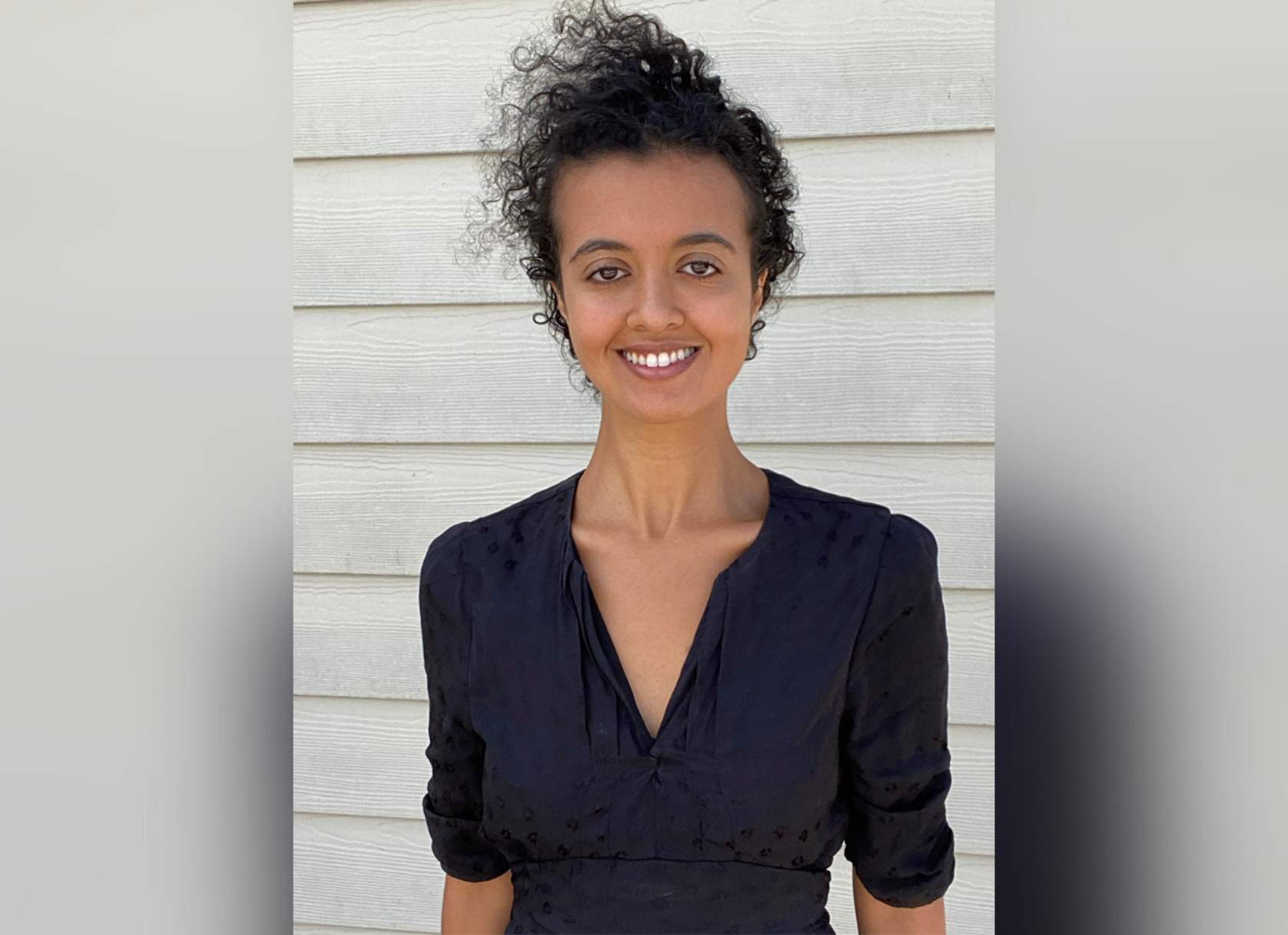
The Office of Marketing and Communications recently spoke with new Scripps Assistant Professor of History Amy Alemu to discuss Ethiopian and Black American student activism, interdisciplinary historical inquiry, and handstands.
Marketing and Communications: You’re writing a book on Ethiopian revolutionary thought, especially how it relates to US-based activist movements in the 1960s and ’70s. Tell us more about this area of your research.
Amy Alemu: I am currently working on a book, University Subjects, in which I examine the Cold War university and its relationship to 1960s–1970s revolutionary politics among student movements in East Africa and the United States. I draw examples from Washington, DC, Los Angeles, and Addis Ababa to argue that Black student protest of the global 1960s must be understood with attention to the spatial logics, surveillance technologies, and new science of US liberal arts. During a period marking both African decolonization and the mounting Cold War, the university was both a means of fashioning technocrats and a site of claims for revolutionary struggle. As I explore, it was also a laboratory for trialing surveillance technology and for building architectures to fashion liberal subjects. New fields in the science of higher education—including student psychology, campus design, and college administration—were institutionalized among the new social sciences of “development.” Meanwhile, leading institutions in US higher education like the American Council on Education initiated “overseas liaison” programs with partner institutions like Haile Selassie I University in Addis Ababa, Ethiopia, likened by one consultant as a “practically American” campus.
In the process, I situate the US Black Campus Movement in global networks of decolonization, offering the university as an African diasporic political geography of constraint and possibility.
MC: In addition to your PhD in African and African American studies, you also hold degrees in history and economics. How does your knowledge of those disciplines inform your current work?
AA: I strongly believe that meaningful historical inquiry is a multidisciplinary pursuit. In my research, I read student activist editorials and conference papers alongside political cartoons, campus architecture, poetry, and oral history. In my classes, I invite students of all disciplines to see how studies of the past are built, scaffolded by power, and reimagined through caring, imaginative scholarship.
MC: What classes are you excited to teach at Scripps?
AA: Next fall, I am excited to return to two classes I enjoyed teaching last semester: Black International Politics and Twentieth-Century US History. Both classes feature weekly opportunities to read primary sources, engagement with African and African diasporic political thought, and discussions of relevant contemporary debates. I’ve greatly enjoyed bringing classes to the Denison Library and Claremont Colleges Library special collections—many thanks to Jennifer Martinez Wormser, director of the Ella Strong Denison Library, and Ashley Larson with The Claremont Colleges Library for their expertise and generosity.
MC: What’s one fun fact about yourself?
AA: I’m currently learning how to do a handstand. Any pointers welcome!

